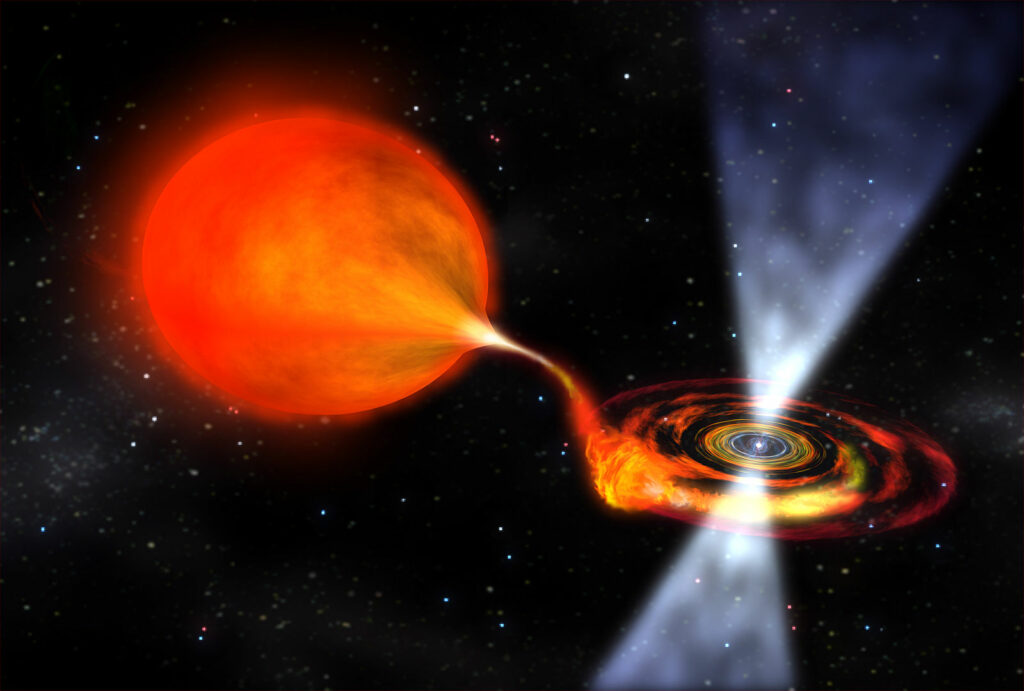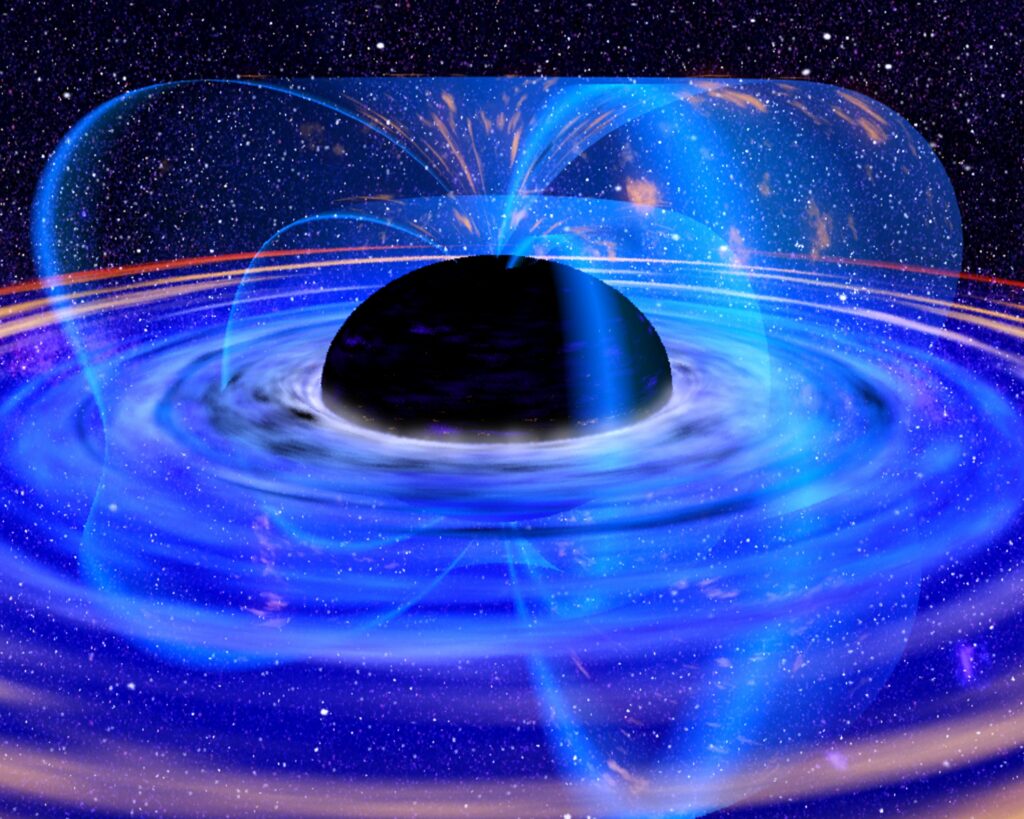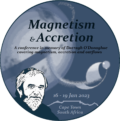Rationale
Purpose and Motivation
The theme for this conference is “magnetism and accretion”, which covers a wide range of astrophysical objects and phenomena, from planets like Jupiter to the most energetic events in the Universe, like gamma ray bursts. From an observational perspective, many researchers are harnessing multi-wavelength facilities at their disposal to further the understanding of the role which magnetism plays in accretion and related outflows. The meeting is also being held in memory of Dr Darragh O’Donoghue, a talented astronomer and instrument builder at the SAAO, who tragically passed away in 2015. He was key person in seeing SALT to completion and whose science interests very much aligned with the topics of this meeting and for which he made some significant contributions during his career, cut short only too soon.

Objects exhibiting magnetically affected accretion have a wide range of fundamental properties, like mass, size, formation history and have magnetic field strengths which spans up to 12 orders of magnitude. The commonality is that magnetic fields affects the motion of plasma, at different distances from the accreting/magnetic source and, in some cases, can channel it towards the magnetic poles. These processes can result in conspicuous emission of radiation, observable from radio to gamma-ray wavelengths.
It is of particular interest for modern astrophysics to understand how the emitted radiation and its intrinsic variations are related to the different coupling mechanisms between the inflowing plasma and the magnetosphere of the accretion source. This region of coupling results in complex instabilities and interactions which regulates the way in which the energy of the accreting material is converted into electromagnetic radiation, once it is accreted.

Recent advances in high performance computational astrophysics now allow us the ability to simulate accretion processes in all of the aforementioned objects. The realization that accretion can also lead to highly energetic jet outflows, in virtually all of the different object classes, demonstrates the need to understand the details of magnetic interactions in accretion disks which can launch collimated jet outflows, sometimes at relativistic velocities.
This conference will bring together a diverse range of researchers, including observers, laboratory astrophysics scientists, theoreticians and computational astrophysics experts. The wide experience base of the participants at this conference will go a long way to foster a common understanding of how magnetism influences accretion. Past meetings involving such cross-disciplinary subjects have proven the worth of these approaches, for example IAU Colloquium 163 on “Accretion Phenomena and Related Outflows” held in 1996 (ASP Conf series, Vol 121, 1997) and the conference “Physics of the Magnetospheric Boundary” held in 2013 (EPJ Web of Conferences, Vol. 64, 2014), were two extremely successful meetings with similar principles.

The conference is supported by the South African Astronomical Observatory, the University of Cape Town Department of Astronomy and the Southern African Large Telescope Foundation.
